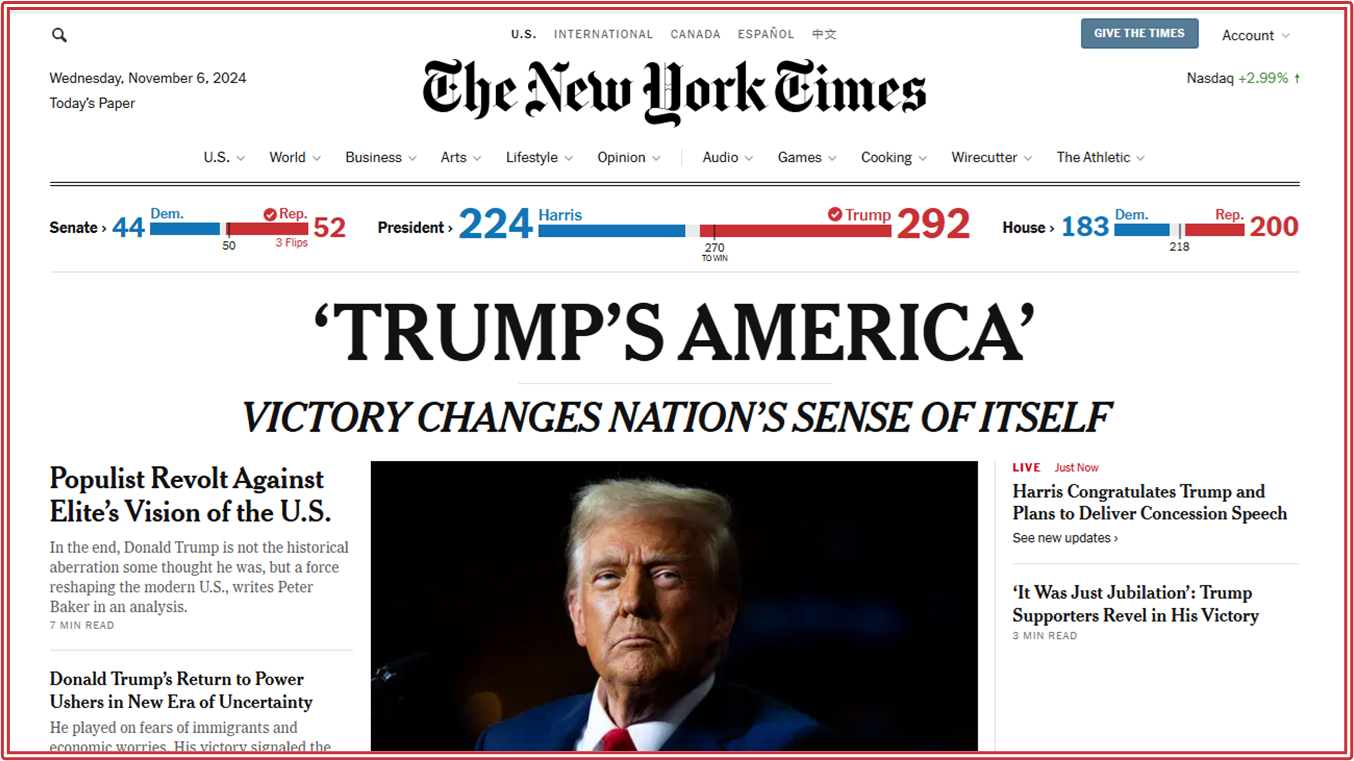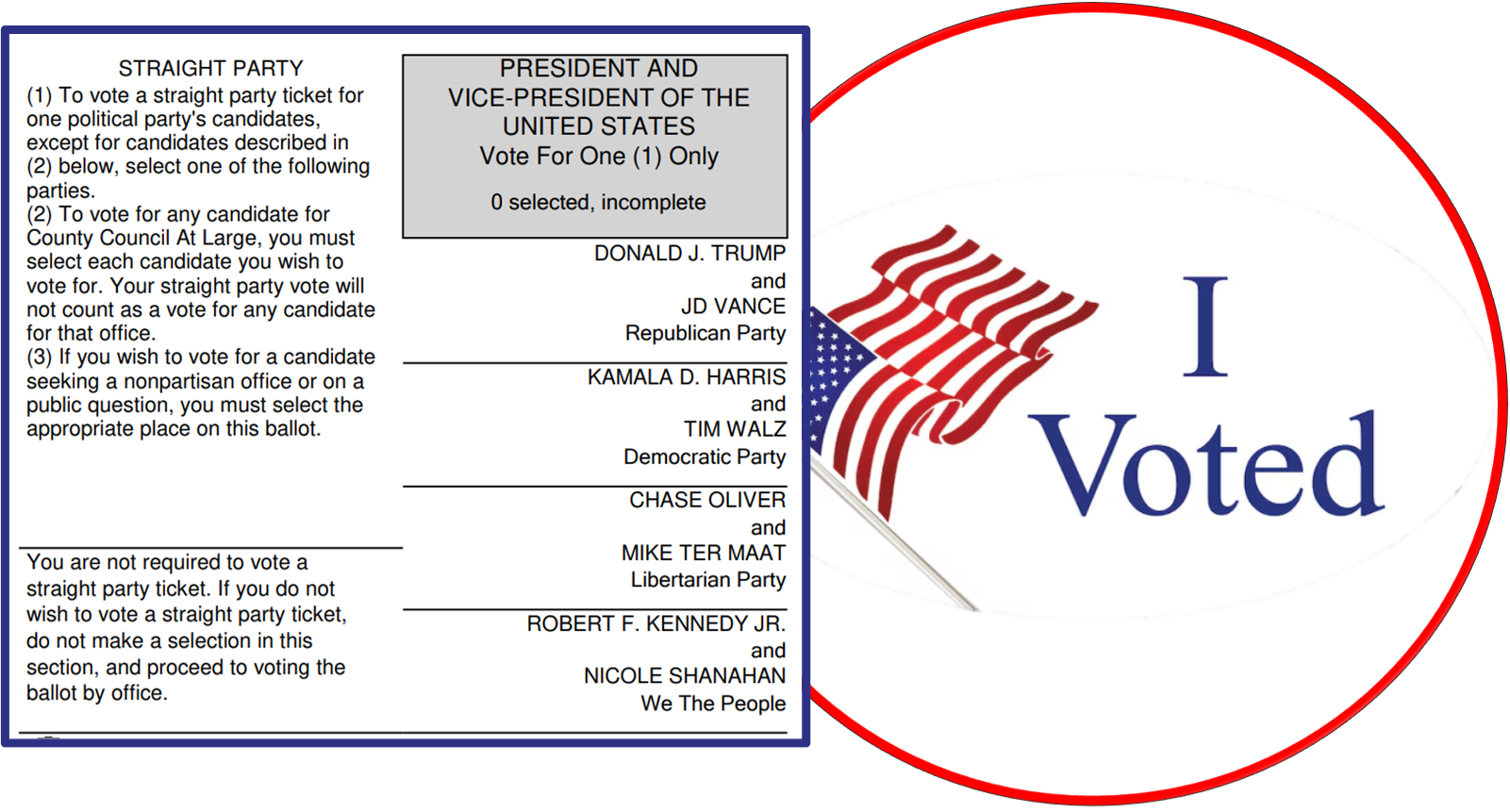I’ve always been a bit of a news junkie. I just can’t help myself.
As is often the case, I should listen to C.S. Lewis and follow his advice. Lewis famously described reading newspapers as a waste of time and counseled against it.
Among some of the things Lewis said about reading the newspaper (or scanning your newsfeed):
- I never read the papers. Why does anyone? They’re nearly all lies, and one has to wade thru’ such reams of verbiage and ‘write up’ to find out even what they’re saying.
- I think those are very wrong who say that schoolboys should be encouraged to read the newspapers. Nearly all that a boy reads there in his teens will be seen before he is twenty to have been false in emphasis and interpretation, if not in fact as well, and most of it will have lost all importance. Most of what he remembers he will therefore have to unlearn.
I wasted a fair amount of time on Wednesday reading news accounts and analyses of Tuesday’s election. I suppose I will have to unlearn most of what I read.
In fact, day-after analysis is notoriously unworthy of remembering. Continue reading





